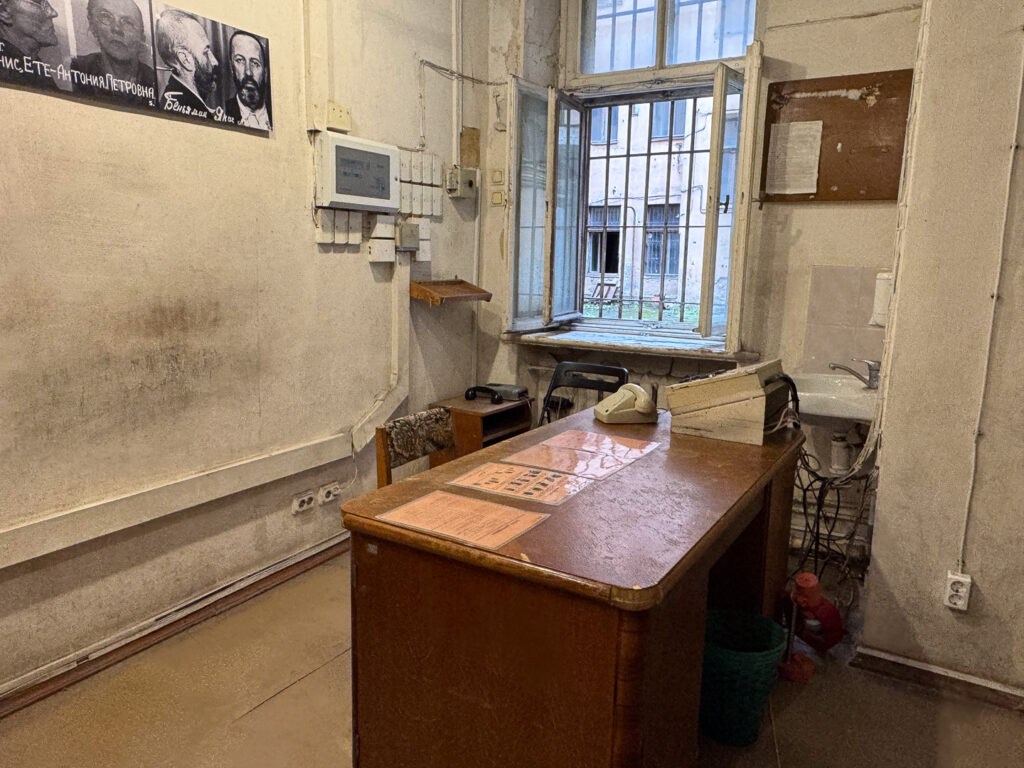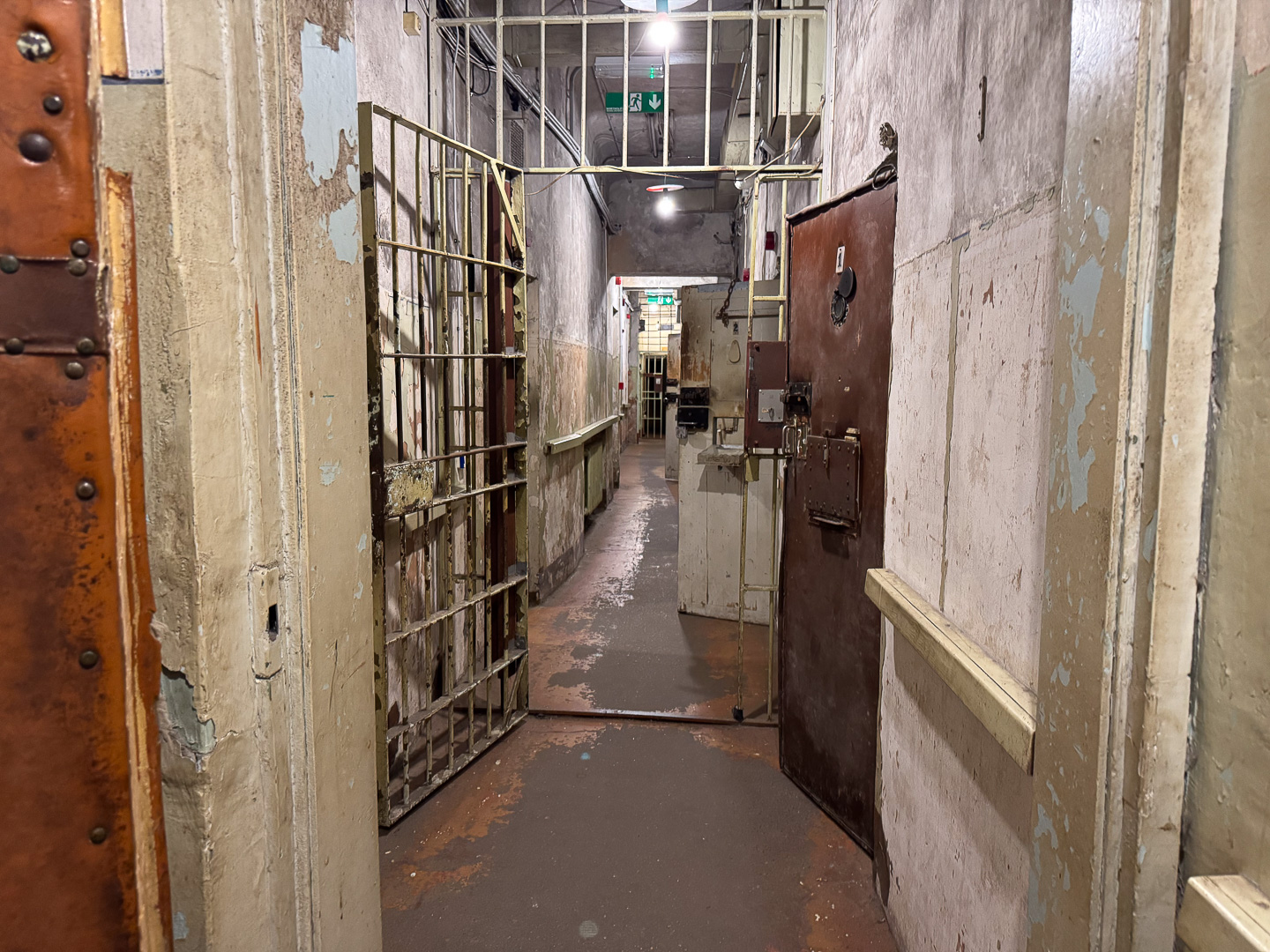Our month here in Riga is just about over, we leave before the sunrise tomorrow morning. I’ve learned a lot about the history of this country from visiting its museums. The three museums that crystalize the tragedy of this beautiful place are The Occupation Museum, the KGB building and the Holocaust Museum.
I was woefully ignorant of the involvement of the Baltic states in World War II. What I knew was more focused on Germany, Poland, Italy and Russia… but Latvia was caught in an impossible spot.
The country was initially founded as an independent nation after World War I in 1918 when they declared their independence from the Russian Empire, but early in WW2 the country was invaded by the Soviet Union, then by Germany. The holocaust and the extermination of Jewish people was carried out here with the victims being Latvian Jews. At the end of WW2 the borders and alliances shifted which left Stalin and the Soviet Union occupying Latvia once again. The country was a part of the Soviet Union until its collapse when Latvia once again declared itself a free nation and began open relationships with the rest of the world once again. Eventually it became a member nation to the European Union in 2004.
Museum of the Occupation
Museum of the occupation tells the tragic story of Latvia losing its new found independence and becoming a part of the Soviet Union. Alliances during WW2 shifted and priorities changed. Latvia did not get the support that it would have needed from the West to remain independent, so they were taken by the Soviet Union and remained a part of the USSR from 1940 to 1991.
The museum tells the story of Latvian people who resisted the USSR trying to live in the forests, and being deported to Siberia for the crime of wanting to be free of Soviet rule.
The Holocaust Museum
The exhibitions here focus on how the Jewish people of Latvia and the Europe were gathered, separated from their possessions and eventually killed. Latvian Jews as well as Jews that the Germans moved from other countries were brought to Riga and held in ghettos or concentration camps. Many were loaded into train cars and taken to places like Daugavpils and killed. Daugavpils is a place where mass graves were uncovered revealing some of the horrors inflicted by the Nazi’s.

The KGB building (AKA The Corner House )
The KGB building was an official building used by the KGB during the occupation. People who dared to organize or even be rumored to organize against the socialists were arrested, tortured and either killed or shipped off to Siberia where they would often die in work camps.
The building was used by the KGB up until the end of the Soviet Union and it’s said that they just abandoned it with everything still in place. Desks, paperwork, records… everything. The building now stands as a reminder of what happens when those that oppose power are suppressed.
Summary
It’s hard to walk around this beautiful city and imagine the incredible hardships and inhuman suffering that has occurred here. Seeing history this close is a warning against the things that we see today. This history can’t be repeated. Seeing the stories and the timelines of Jewish people losing citizenship and trying to escape only to be rejected by other nations, including ours, feels eerily familiar to the news today. We’ve been down these roads before and we’ve seen where they lead. Right now there is a push for socialism in the US which has to be shocking to older folks in the Baltic who saw first hand how that played out with the Soviets. We have to do better, but will we?


